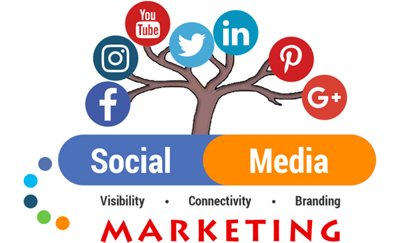
The process of producing content for social media platforms in order to market your goods and/or services, foster community among your target demographic, and increase website traffic is known as social media marketing. Social media marketing is always changing as new platforms and features appear on a daily basis.
Social media marketing is a powerful tool for businesses of all sizes to engage with consumers and future customers. On social media, people find, research, follow, and purchase from brands. You may make millions of dollars by using social media for business marketing on a variety of channels. Effective social media marketing can lead to amazing business success. Check out our articles if you want to learn how to make millions of dollars using social media company.
What other venues are there where you can work for millions of dollars and achieve success in life?
Social Media Marketing Platforms
1. Facebook
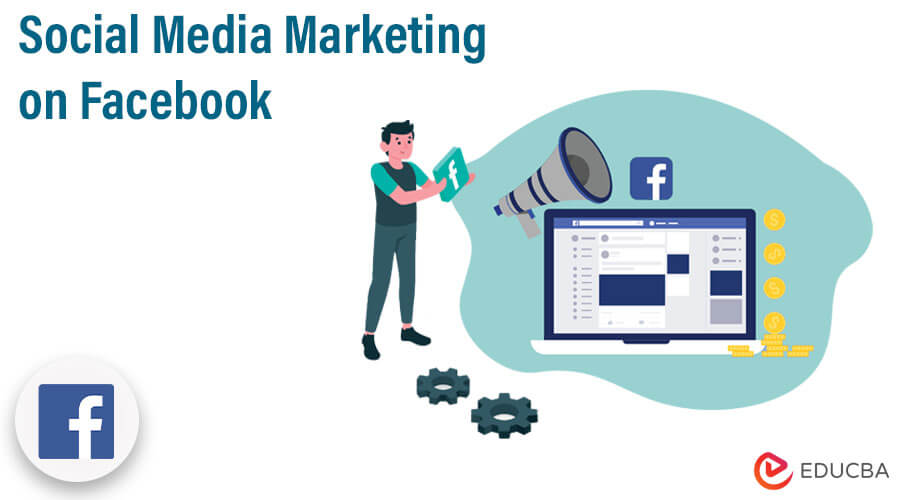
The biggest and most well-known social media network is Facebook. Its introduction in 2004 has seen it grow into a vital resource for business-to-consumer companies, providing both organic growth and cutting edge advertising techniques.
Users: 1.9 billion users worldwide are active every day.
Audience: Audience: A balanced mix of Millennials and Generation X
Brand awareness; advertising; community building
2. TikTok
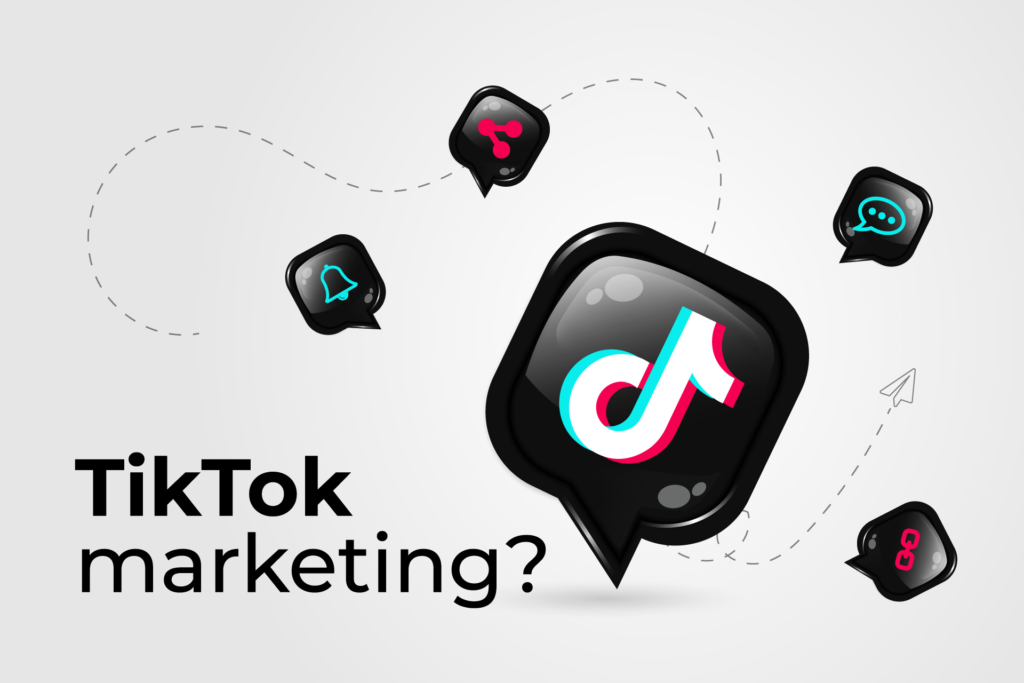
You probably think of TikTok when you consider short-form videos 2020 saw a spike in the platform’s popularity, which is still growing today. Second only to YouTube in terms of community creation, it’s one of the greatest platforms according to social media marketers.
Users: 1 billion active users globally each month
Audience: Millennials and Gen Z in order of preference
Ideal for: User-generated material; brand awareness; short-form, artistic video content
3. Instagram
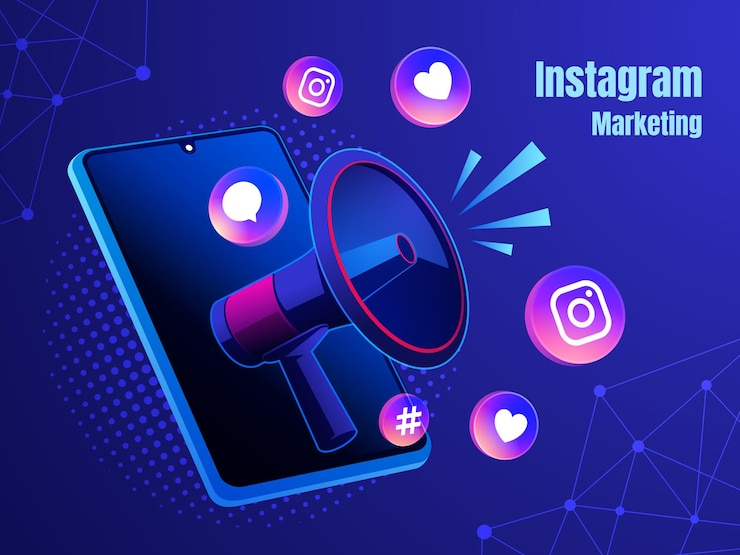
Instagram has become a global phenomenon despite its 12-year launch date. Brands turn to Instagram when it comes to sharing visually stunning content. An additional feature that distinguishes the platform is its sophisticated e-commerce solutions.
Instagram is a difficult platform to compete with because users can now discover brands, browse their goods and/or services, and finish a purchase without ever leaving the app.
Users: 1 billion monthly active users
Audience: Primarily Millennials
Ideal for: Advertising; user-generated content; high-quality photos and videos
4. Twitter

Twitter emphasizes words, but Instagram concentrates on images. Since the inception of 140-character tweets, the platform has grown to include Twitter Moments, an audio tool for sharing intriguing stuff with your followers, and Twitter Spaces, a tool for creating communities.
Users: 211 million active users globally each day
Audience: Millennials in the main
Ideal for: Public relations, customer service, and community development
5. LinkedIn

LinkedIn is the cousin of Facebook for professionals. Perhaps more than any other site, it caters to a certain demographic: working professionals who want to network and find new possibilities
.
For B2B businesses trying to find influential people and create a community inside a certain industry, this makes it the perfect platform.
Users: 774 million active users worldwide
Audience: Baby boomers, X generation, and millennials
Ideal for: social selling, business development, and B2B connections
6. YouTube
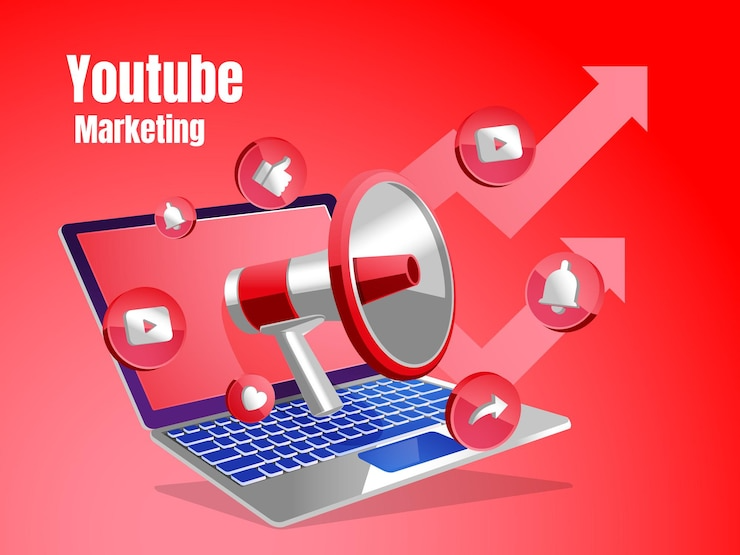
YouTube is the second most popular website worldwide, according to HootSuite. Marketers also claim that it is the greatest platform for creating communities.
Not only is this a very well-liked platform, but its users also spend more time on it because the majority of the information on it is long-form, which makes it a perfect place to distribute instructional content.
Users: Worldwide, around 315 million people use the internet every day.
Audience: Strong audience across gender and age categories, but primarily Millennials
Ideal for: Long-form entertainment; SEO; advertising; explanation and how-to films; brand awareness
7. Snapchat
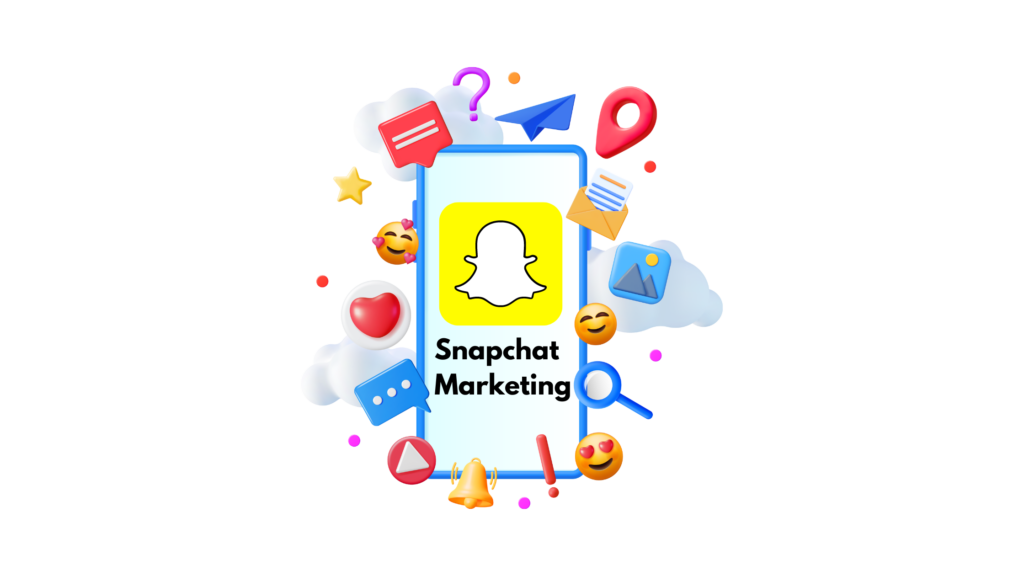
In 2011, Snapchat emerged as a leader in the field of transient content. It debuted content that could be shared with friends and had a 24-hour expiration date.
After reaching its zenith in 2015, the platform has continued to grow. Many believed that after Instagram unveiled Stories—essentially the same function under a different name—the brand would vanish. Nonetheless, young folks continue to use Snapchat frequently.
User: 306 million active users worldwide on a daily basis
Main audience: members of Generation Z
Ideal for: Advertising, location-based marketing, and brand recognition
8. Pinterest
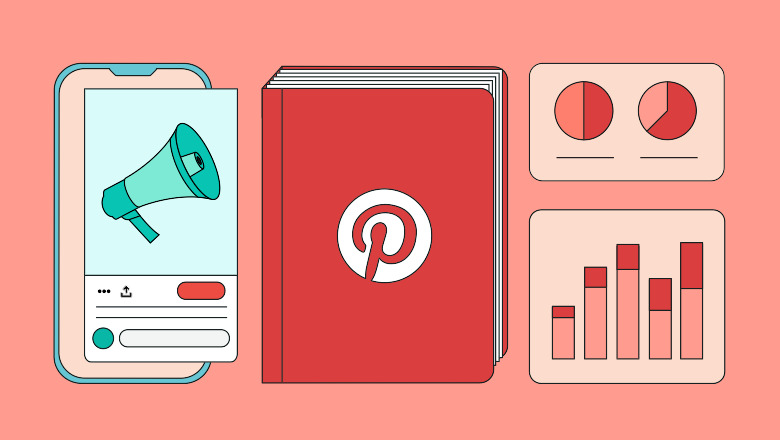
Consider Pinterest as a visual storyboard where users may find ideas for anything from interior design to clothing.
According to 85% of Pinners, they go to Pinterest to begin a new project. Furthermore, eighty percent of weekly Pinners claim to have found a new product or brand on the network. Therefore, it’s not only an excellent tool for discovery but also a means for marketers to use visual stories to develop their story.
Users: 444 million active users worldwide per month
Audience: A good portion of Gen Z, Gen X, and Baby Boomers, with Millennials making up the majority.
Ideal for: Inspiration; visual advertisements
9. Clubhouse
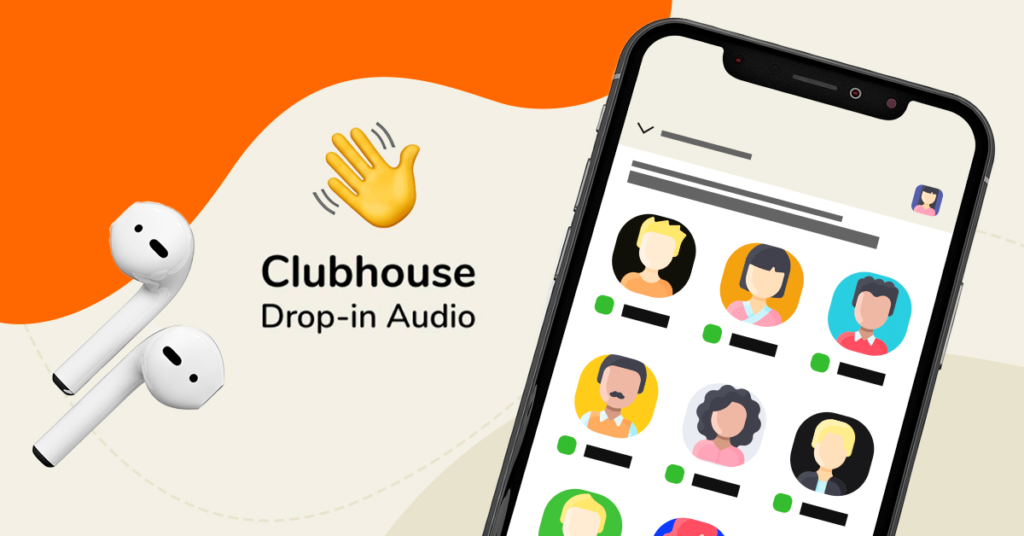
Clubhouse immediately made a big impact when it joined the social media scene in 2020. People can create communities and have engaging conversations with strangers and followers on the audio-only site.
While the platform was in beta testing, it also generated considerable attention for having an invitation-only setup. The platform is now accessible to everyone on the planet and works with both iOS and Android smartphones. This platform’s ability to support both businesses and make use of audio—which has seen a significant resurgence in popularity recently—is another compelling feature.
Users: 10 million active users per week across the globe
Audience: Millennials in the main
Ideal for: Inspiration; visual advertisements
